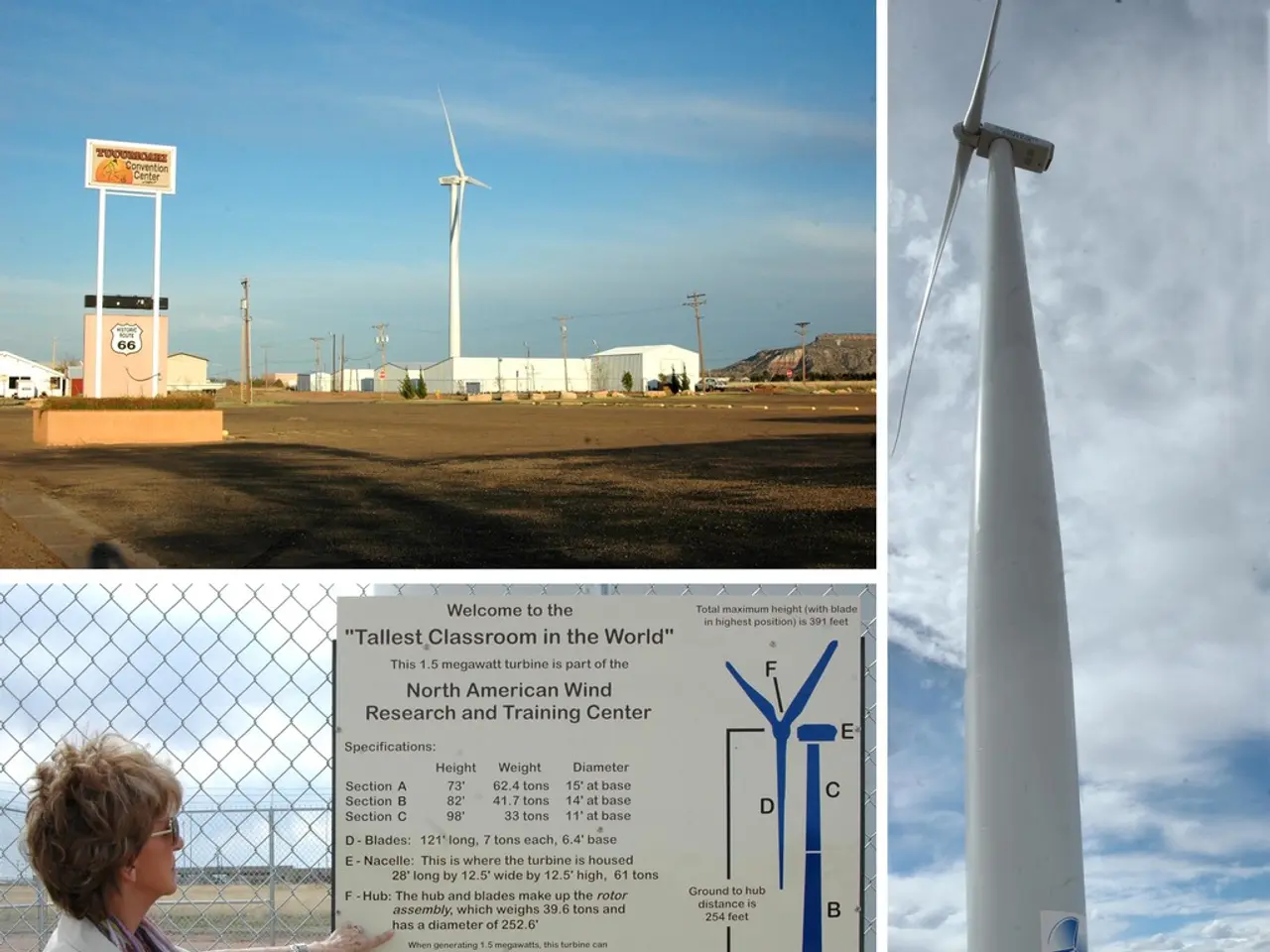Reflections from Nathan Li, a Recent Graduate Student
In the world of Civil and Environmental Engineering (CEE), Nathan Li, a first-year graduate student at Princeton University, is making waves with his research on air pollution. After completing his undergraduate studies at Johns Hopkins University, majoring in Chemical Engineering with an Environmental track, Nathan embarked on a unique journey that led him to Princeton's 5-year PhD program.
Nathan's research at Princeton focuses on the detection of trace gases like ammonia, carbon monoxide, nitrous oxides, and methane in the air using optics-infrared lasers. His group, led by Professor Mark Zondlo, primarily focuses on ammonia due to its significance as a polar molecule and its large emissions from agricultural waste.
However, measuring ammonia concentrations poses a challenge due to it forming a thin layer over the sensors. To overcome this, Nathan's group uses open-path lasers, which provide better measurement capabilities compared to other labs.
When it comes to applying to CEE graduate programs, Nathan offers some valuable advice. He suggests exploring faculty profiles and research groups on university departmental websites to understand their areas of focus and active projects. Consulting program resources and orientations, which often provide guidance on identifying advisors and selecting research topics, is also crucial.
Nathan advises reaching out to prospective advisors directly with a well-prepared inquiry expressing interest in their research. He also recommends speaking to a professor's Ph.D. students about the group, environment, and research to get a better idea of what it would be like to work in the lab.
Working with a more established professor often means working on an existing project with several other group members, while working with younger, less-established professors may offer more independence. Nathan suggests considering the length of time a professor has held his or her position when choosing a group, as this can affect the size of the group and the level of independence expected.
Nathan emphasizes the importance of aligning personal research interests and goals with the professor’s work. He recommends reviewing recent research leads or faculty announcements to note active research hot spots in the field.
Lastly, Nathan advises speaking to current graduate students in your field of interest to learn more about research groups. He believes that the best way to learn about a research group is by speaking to the graduate students who experience it every day. In his case, Nathan receives help and training from older students as he takes on more responsibility for the project.
By following these steps, graduate applicants can effectively identify and connect with suitable research groups and professors whose mentorship will support their success in graduate studies.
- Nathan's innovative research in the field of Civil and Environmental Engineering (CEE) on air pollution, specifically the detection of trace gases using optics-infrared lasers, can be furthered through online education and self-development resources, such as learning about the latest advancements in environmental science.
- As science is continuously evolving, it's essential for current environmental science students, like those pursuing a graduate degree in CEE, to take advantage of online education and continuing education opportunities to stay updated on the latest research and developments in their field.




